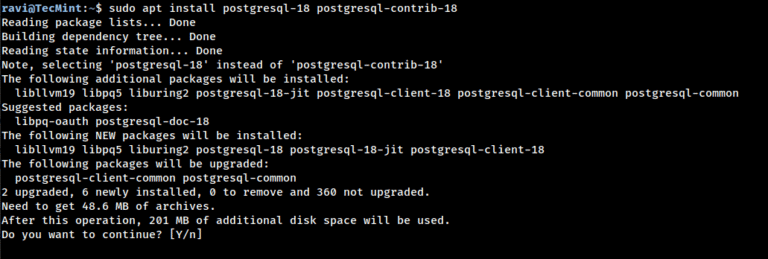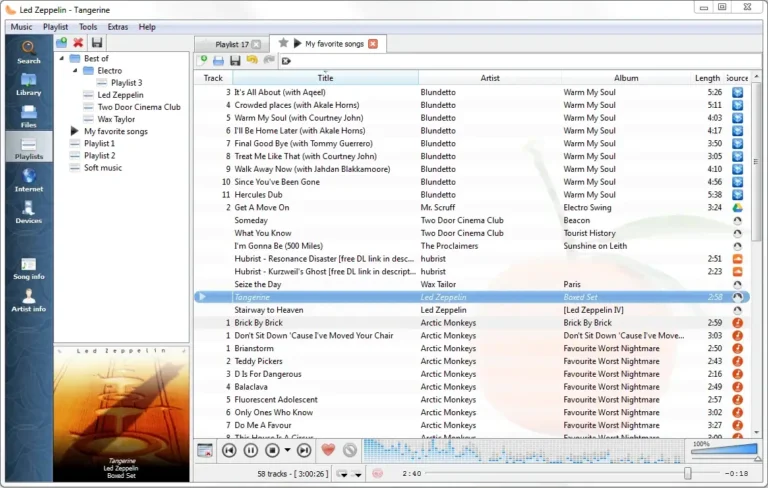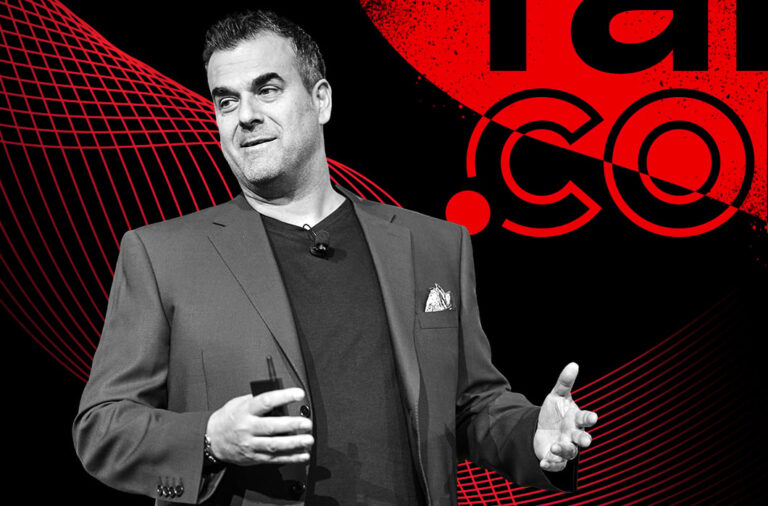November 6, 2021
NSX-T Edge Deletion Failed
Manually Cleaning Up Orphaned Edge Nodes
What? Cleaning Up Stale Edge Nodes from NSX-T Manager
This article will walk through 2 approaches to cleaning up the orphaned nodes, which include; API and manually cleaning up t he Corfu database. It’s important to remember that cleaning up the database yourself should really be done with support, however, I detail the process in this article.
Unfortunately, deleting the node with API did not work either.
This issue should not really impact production environments, due to be shared storage, vSphere HA, and any other mechanisms for VM restoration. This environment was a lab, and as a result the nodes were inaccessible from NSX-T Manager.

Next, whilst in this directory, issue the command in the snippet below, ensuring you change the hostname to suit your NSX-T Manager node IP.
Step 1: Using API to clean up the nodes with (DELETION FAILED)
There are other examples of utilizing corfu-browser, one example is here.
- https://nsxtManagerFQDN/api/v1/transport-nodes/
- https://nsxtManagerFQDN/api/v1/fabric/nodes
There are 2 API endpoints that can be leveraged to clean up the nodes, they are.
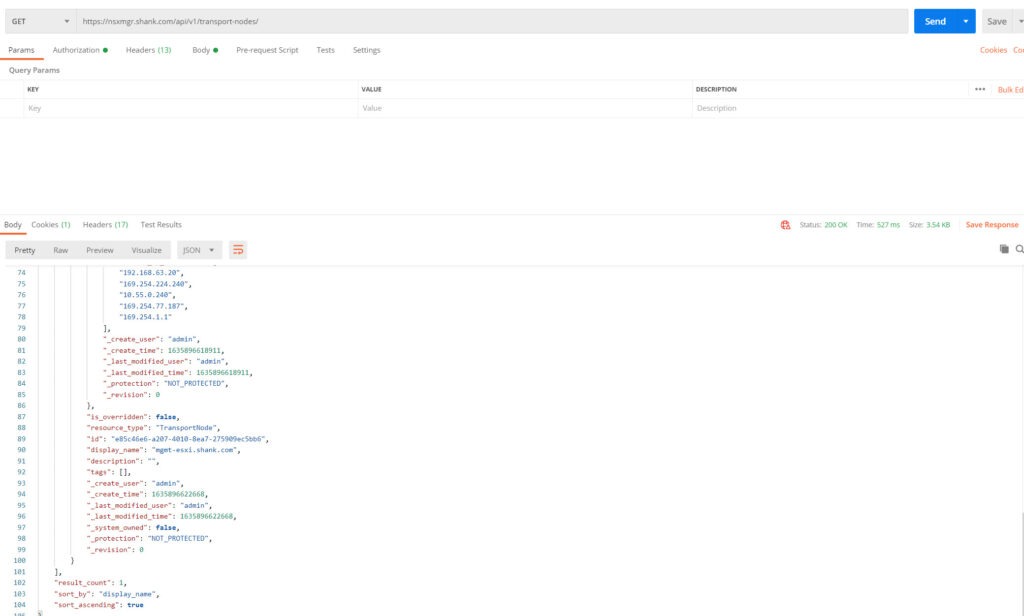
Repeat this process for all remaining stale entries.
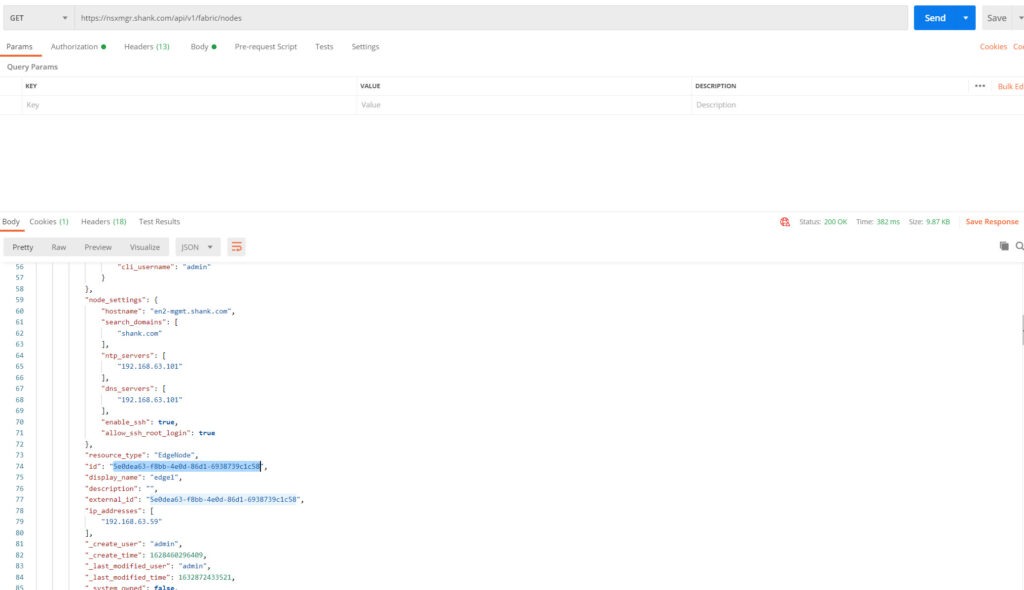
Using the ID, issue the command java -Dlog4j.configurationFile=/opt/vmware/corfu-tools/corfu-browser-log4j2.xml -cp “/opt/vmware/corfu-tools/corfu-editor-1.0-jar-with-dependencies.jar:/opt/vmware/proton-tomcat/webapps/nsxapi/WEB-INF/lib/:/usr/tomcat/lib/” com.vmware.nsx.management.tools.corfu.CorfuEditorMain -hostname 192.168.63.55 -port 9000 removeEntries -role nsx-manager -objectType EdgeNode -uuid “aea3d092-6f60-4c87-901b-1d0f74b0ea66”

The first option in my case did not show the orphaned Edge nodes, only a host transport node was displayed.

The second URI displayed the orphaned Edge nodes.
Step 2: Cleaning up stale Edge nodes using Corfu-browser
Now, using the ID highlighted in the image, you should be able to delete the node by issuing a DELETE request to https://nsxtManagerFQDN/api/v1/fabric/nodes /nodeUUID. As can be seen in the image below.
Step 2a: Log into NSX-T Manager as root
java -Dlog4j.configurationFile=/opt/vmware/corfu-tools/corfu-browser-log4j2.xml -cp "/opt/vmware/corfu-tools/corfu-editor-1.0-jar-with-dependencies.jar:/opt/vmware/proton-tomcat/webapps/nsxapi/WEB-INF/lib/*:/usr/tomcat/lib/*" com.vmware.nsx.management.tools.corfu.CorfuEditorMain -hostname 192.168.63.55 -port 9000 printTable -role nsx-manager -objectType EdgeNode > /tmp/EdgeNodeIDs
root@nsxmgr:/opt/vmware/corfu-tools# java -Dlog4j.configurationFile=/opt/vmware/corfu-tools/corfu-browser-log4j2.xml -cp "/opt/vmware/corfu-tools/corfu-editor-1.0-jar-with-dependencies.jar:/opt/vmware/proton-tomcat/webapps/nsxapi/WEB-INF/lib/*:/usr/tomcat/lib/*" com.vmware.nsx.management.tools.corfu.CorfuEditorMain -hostname 192.168.63.55 -port 9000 removeEntries -role nsx-manager -objectType EdgeNode -uuid "aea3d092-6f60-4c87-901b-1d0f74b0ea66"
SYSTEM [nsx@6876 comp="nsx-manager" level="INFO" subcomp="manager"] Overriding NSX service type to: nsx-manager
- [nsx@6876 comp="nsx-manager" level="INFO" subcomp="manager"] Table mapping mechanism is enabled.
- [nsx@6876 comp="nsx-manager" level="INFO" subcomp="manager"] Processing all classes in package : com.vmware.nsx.management
Reflections took 2975 ms to scan 105 urls, producing 2333 keys and 18905 values
- [nsx@6876 comp="nsx-manager" level="INFO" subcomp="manager"] Processing all classes in package : com.vmware.nsx.pace
Reflections took 139 ms to scan 2 urls, producing 52 keys and 123 values
- [nsx@6876 comp="nsx-manager" level="INFO" subcomp="manager"] Processing all classes in package : com.vmware.nsxapi
Reflections took 415 ms to scan 3 urls, producing 166 keys and 9685 values
- [nsx@6876 comp="nsx-manager" level="INFO" subcomp="manager"] Processing all classes in package : com.vmware.vmc
Reflections took 256 ms to scan 696 urls, producing 0 keys and 0 values
- [nsx@6876 comp="nsx-manager" level="INFO" subcomp="manager"] Processing all classes in package : com.vmware.nsx.csm
Reflections took 254 ms to scan 696 urls, producing 0 keys and 0 values
- [nsx@6876 comp="nsx-manager" level="INFO" subcomp="manager"] ObjectTypeRegistry is initialized.
No registered metrics logger provided.
Corfu runtime version source(ee70bb3) initialized.
Bootstrap Layout Servers [192.168.63.55:9000]
setCacheDisabled: Deprecated, please set parameters instead
enableTls: Deprecated, please set parameters instead
- [nsx@6876 comp="nsx-manager" level="INFO" subcomp="manager"] Trying to connect with TLS support
connect: runtime parameters CorfuRuntime.CorfuRuntimeParameters(maxWriteSize=2147483647, bulkReadSize=10, fastLoaderTimeout=PT30M, holeFillRetry=10, holeFillRetryThreshold=PT1S, holeFillTimeout=PT10S, cacheDisabled=true, maxCacheEntries=0, maxCacheWeight=0, cacheConcurrencyLevel=0, cacheExpiryTime=9223372036854775807, followBackpointersEnabled=false, holeFillingDisabled=false, writeRetry=5, trimRetry=2, checkpointRetries=5, streamBatchSize=10, checkpointReadBatchSize=5, runtimeGCPeriod=PT20M, clusterId=null, systemDownHandlerTriggerLimit=60, layoutServers=[], invalidateRetry=5, priorityLevel=HIGH, codecType=ZSTD, metricsEnabled=true)
Connecting to Corfu server instance, layout servers=[192.168.63.55:9000]
Construct ssl context based on the following information:
Key store file path: /config/cluster-manager/cluster-manager/private/keystore.jks.
Key store password file path: /config/cluster-manager/cluster-manager/private/keystore.password.
Trust store file path: /config/cluster-manager/cluster-manager/public/truststore.jks.
Trust store password file path: /config/cluster-manager/cluster-manager/public/truststore.password.
Connect Async 192.168.63.55:9000
channelActive: Outgoing connection established to: /192.168.63.55:9000 from id=/192.168.63.55:33962
userEventTriggered: unhandled event SslHandshakeCompletionEvent(SUCCESS)
channelRead: Handshake Response received. Removing readTimeoutHandler from pipeline.
channelRead: node id matching is not requested by client.
channelRead: Handshake succeeded. Server Corfu Version: [source(ee70bb3)]
channelRead: Removing handshake handler from pipeline.
Unavailable or unrecognised attach API : java.lang.ClassNotFoundException: com.sun.tools.attach.VirtualMachine
Detected JVM data model settings of: 64-Bit HotSpot JVM with Compressed OOPs
Connected to new cluster gTXV62MwQCic9iNWjY9fIQ
connect: client version source(ee70bb3), server version is source(ee70bb3)
- [nsx@6876 comp="nsx-manager" level="INFO" subcomp="manager"] Successfully connected to Corfu server(s) '192.168.63.55:9000'.
ObjectBuilder: open Corfu stream nsx-manager Node 2db0 id f3cb5120-7734-3d61-bf5f-765d58f3e026
ObjectBuilder: open Corfu stream string-audit id 5a3b0d28-4435-3c1a-bd1b-189e1ae2066f
About to remove the following entries:
============================================================
com.vmware.nsx.management.common.IdentifierImpl@3da0180a[
objectType=Node,
stringId=<null>,
uuid=aea3d092-6f60-4c87-901b-1d0f74b0ea66
]
============================================================
********************************************
********************************************
PRESS ANY KEY TO CONTINUE OR CTRL-C TO ABORT
********************************************
********************************************
Successfully removed 1 entries.



